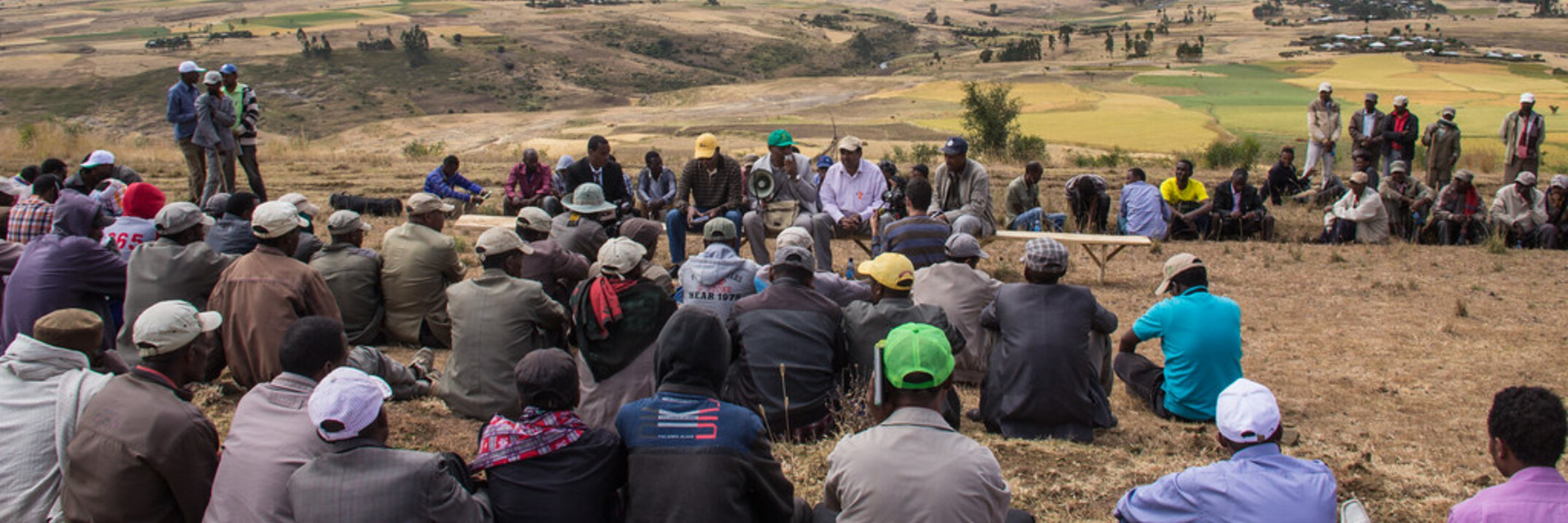Wheat plays a crucial role in Morocco’s food security, economic stability, and livelihoods of farming communities. Assessing key vegetation indices (as yield predictors), along with understanding potential yield, yield gap, and major determinants for...


